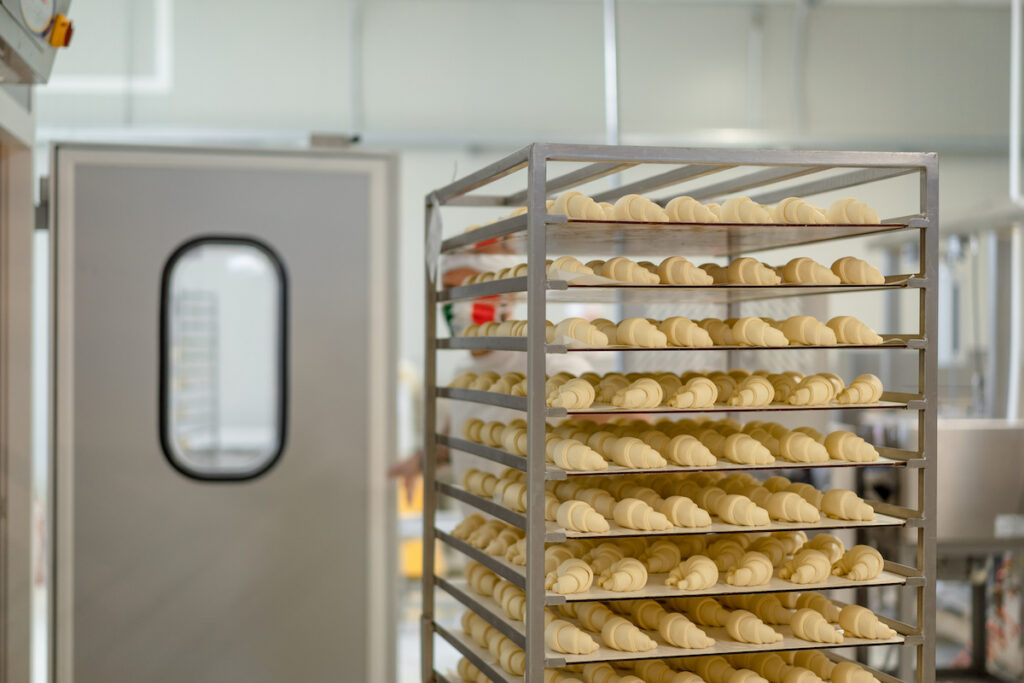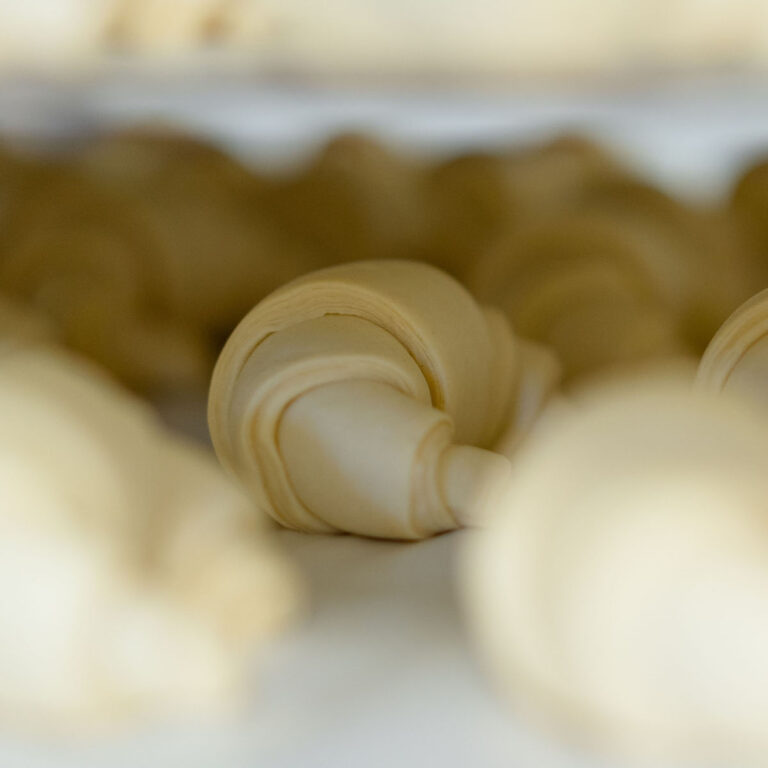Frozen foods have changed the way we eat. Let’s discover together some things to know about the world of frozen foods.
1. They contain no added preservatives
By law, no preservatives can be added to a frozen product to prolong its life. Only the cold guarantees the long preservation of these products, keeping their temperature constant at -18° C.
2. They have a nutritional value similar to fresh
Vegetables, fish products and baked goods are frozen within a few hours of harvesting, fishing or preparation. This allows us to preserve the freshness of the products and their properties until the expiry date.
3. Frozen and frozen are not the same thing
Freezing is an industrial process that brings a food product to a temperature equal to or lower than -18° in the space of a few hours. Thanks to this rapid process, micro-crystals of water form inside the food which do not damage the biological structure of the product, do not alter the nutritional properties and guarantee optimal preservation.
Freezing, on the other hand, takes place at temperatures between -8° and -12° and therefore requires longer times. This process therefore fails to preserve the nutritional values and organoleptic properties of the food unaltered once defrosted.

4. You can’t freeze it at home
From what was said in the previous point it follows that at home we can only freeze food while freezing remains a purely industrial process. Although freezing is widely used to preserve food at home, we must not forget that by freezing a fresh product at home we will give up part of its nutritional values and properties at the time of its consumption.
5. They can be defrosted directly during cooking
Sometimes it is preferable not to defrost food at room temperature as it is a long process which involves long periods of time for the product to remain at an uncontrolled temperature. Better to defrost the product in the fridge for a few hours or directly while cooking. In the case of our ready-to-oven products, for example, just let them come to room temperature for a few minutes before cooking them in the oven.
6. Let’s read the label
Before consuming a frozen product, it is a good idea to carefully read the manufacturer’s instructions on the label. In this way we will be sure of being able to consume a safe and tasty product.
7. They reduce waste and are good for the environment
Frozen foods make a great contribution in terms of rationalizing resources and reducing waste:
– they last longer so we have the opportunity to consume them before they deteriorate
– there are no wastes such as peels, so we consume exactly what we buy
– they have short preparation times so domestic energy consumption is reduced
– we can consume the quantity we want while reducing waste
– they are produced in the most suitable areas.



